Five Hotels That Were Occupied by the Military During World War II
For a brief time in their history, these resorts served as hospitals, training grounds and operations bases
/https://tf-cmsv2-smithsonianmag-media.s3.amazonaws.com/filer/ce/6d/ce6dc4fe-9fa3-4987-822d-d9f93dcfacb4/the_vinoy.jpg)
When World War II began in 1939, militaries around the world suddenly needed housing—not just at their training camps and headquarters, but around the world where groups would be stationed for military events and occupations. Instead of building barracks and new facilities, they went for an easier route—leasing and occupying local hotels in the cities where they were stationed.
These hotels, once occupied by the military during World War II, now offer guests a chance to learn about that chapter in the property’s history—either through artifacts on display or educational tours.
The Hydro Majestic; Medlow Bath, Australia
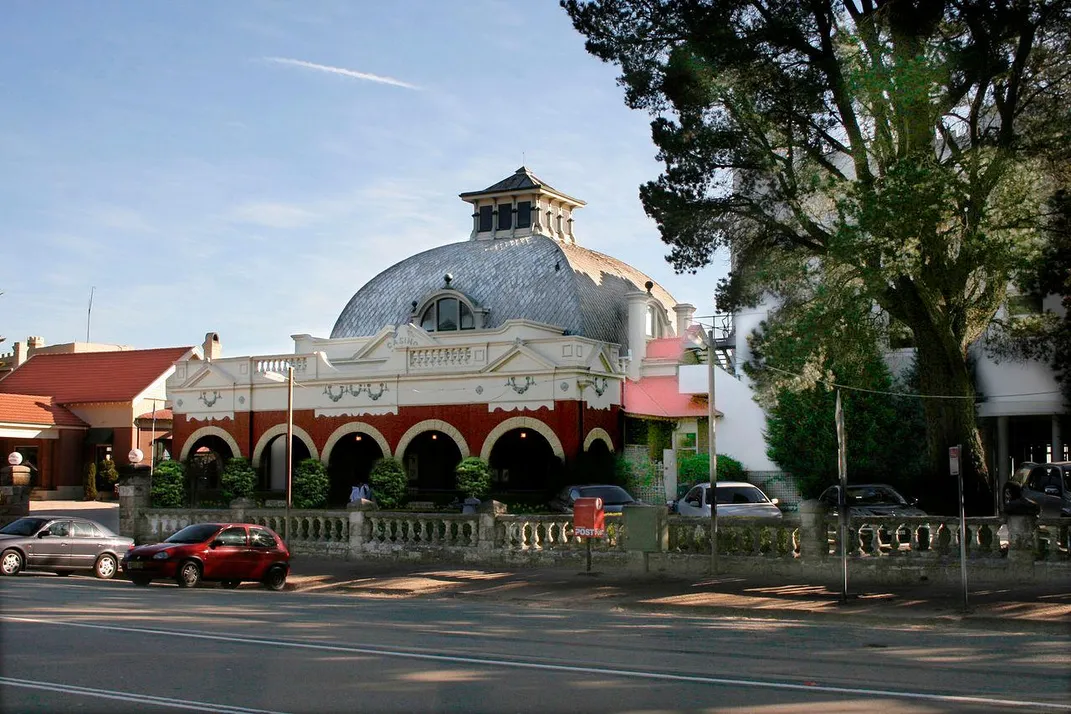
The Hydro Majestic is the holder of a number of superlatives. It’s the oldest hotel in Australia. It was the country’s first health retreat. It was even one of the first places in Australia to have working electricity—which began operating at the hotel four days before Sydney was electrified. When the hotel opened in 1904, it was the height of luxury, with art from all over the world, top-level entertainment and famous guests, including author Sir Arthur Conan Doyle and Australia's first Prime Minister Sir Edmund Barton. Headlining acts performed under a dome built in Chicago and shipped to Australia; Mark Foy, the owner of the hotel, was inspired by the dome of a building at the 1893 Chicago World’s Fair and wanted to recreate it on his property.
In July 1942, guests took a break from the luxury of the hotel as the U.S. Defense Department moved in. The entire property became a field hospital for American soldiers fighting in World War II battles in the Coral Sea and South Pacific. It didn’t last too long, though, and the hotel returned to its ownership in February 1943. The hotel now offers a 30-minute history tour throughout the property for $10. If you don’t have time for the tour, at least make sure to stop in at the gift shop—the walls are lined with memorabilia from the hotel’s time as a field hospital, including chairs, photos and clothing.
The Vinoy Renaissance; St. Petersburg, Florida
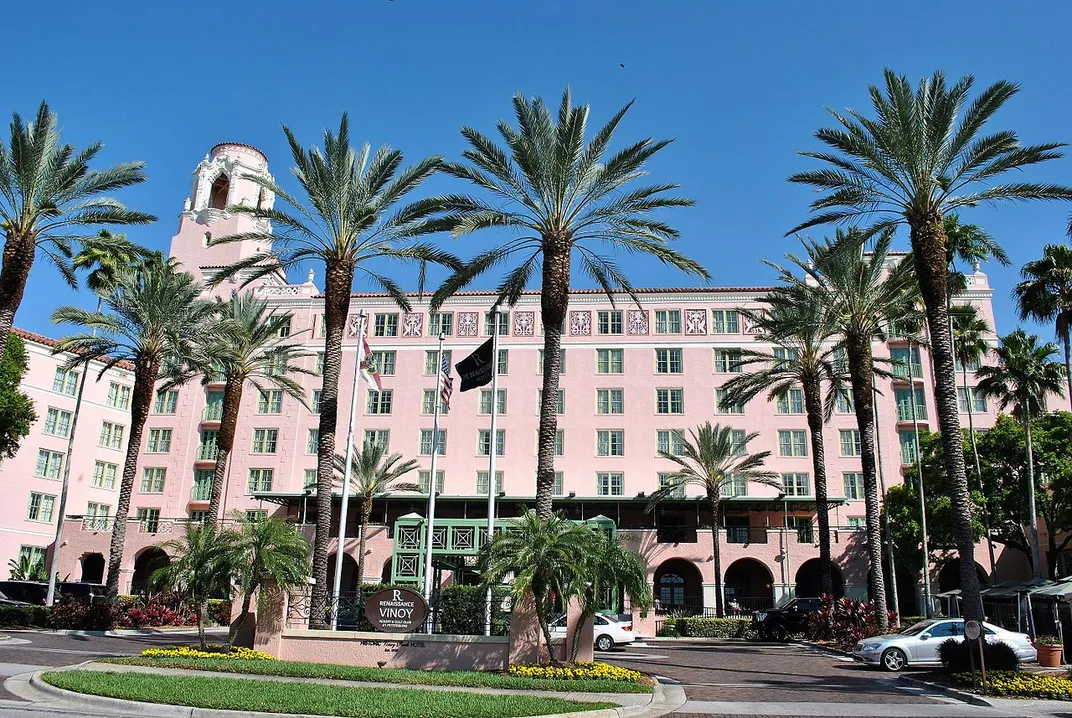
The Vinoy, originally called The Vinoy Park Hotel, opened on New Year’s Eve 1925. It was a 375-room grand hotel, built by a wealthy businessman from Pennsylvania, Aymer Vinoy Laughner—who only purchased the land to begin with because guests at a party of his suggested he buy the empty lot and build a resort. The first guests paid $20 per night (one of the most expensive rooms in the country at the time) and enjoyed entertainment in one of the largest and most opulent ballrooms in Florida.
On July 3, 1942, owners of The Vinoy leased the property to the military. It was used by both the Air Force and the United States Maritime Service, to train recruits and also provide the military culinary staff a place to live. More than 100,000 recruits were trained at the hotel by the time its military occupation ended. The hotel reopened at the end of 1944, but hit a long decline into abandonment. By the 1980s, it was being used as a SWAT team training property and a place where the homeless escaped the elements. It was meant to be torn down, but in 1984, local residents voted to keep it standing because of its historical nature. The Vinoy underwent a massive renovation and reopened—after 18 years of neglect—in 1992. Now, the hotel is a must-visit along the St. Petersburg waterfront. An hour-long history tour will take you around the property and through a historical hallway full of photos and memorabilia of both the hotel’s past and the military occupation.
The Royal Hawaiian; Honolulu, Hawaii
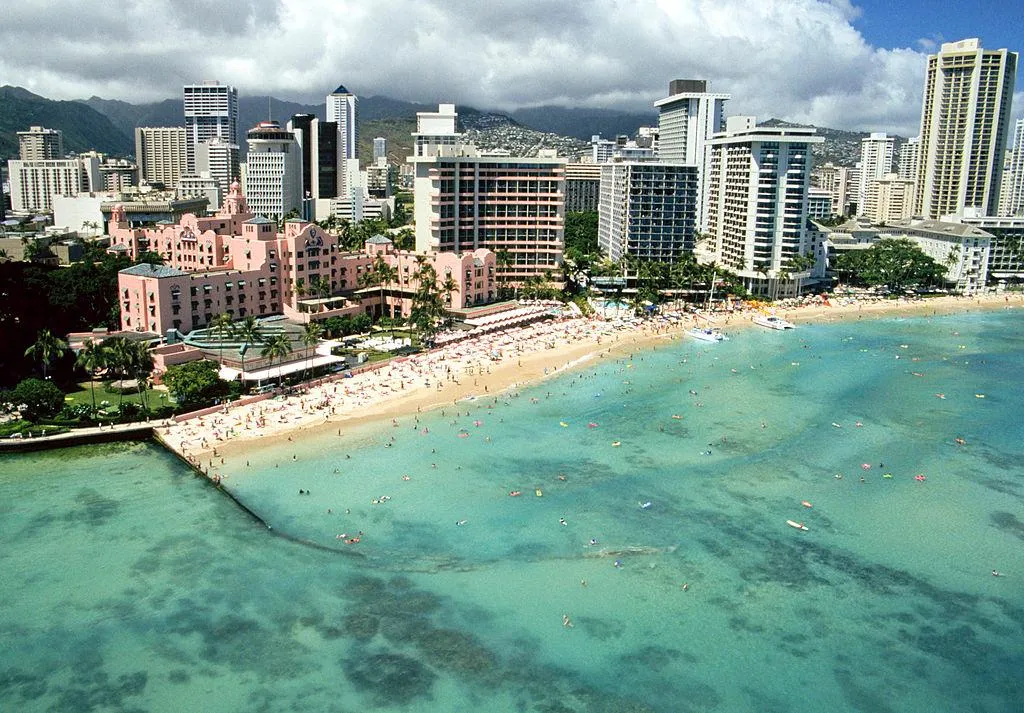
Back in the 1920s, the main way to get to Hawaii was on a Matson steamship, far from the luxury and refinement that wealthy travelers who could afford the journey were used to. In 1927, the Matson Navigation Company decided to give passengers a place to end their trips in luxury—and so the company built the Royal Hawaiian. It was built on 15 oceanfront acres (land once owned by royalty in Hawaii) and painted a distinctive pink, a color that remains in place today, earning it the nickname “the Pink Palace of the Pacific.”
December 7, 1941, the day of the attacks at Pearl Harbor, abruptly changed the path of the Royal Hawaiian. The U.S. Navy decided to lease the property to use as a rest and recreation center for sailors. Every room was occupied, for 25 cents per night. The ballroom became the mess hall, and the beach was no longer filled with tourists, but sailors and nurses. In 1947, the occupation ended and tourism began again full-steam at the resort. It hasn’t stopped since, but travelers today can still learn about the military occupation and other past events on the hotel’s twice-per-week history tour.
St. Ermin’s Hotel; London, England
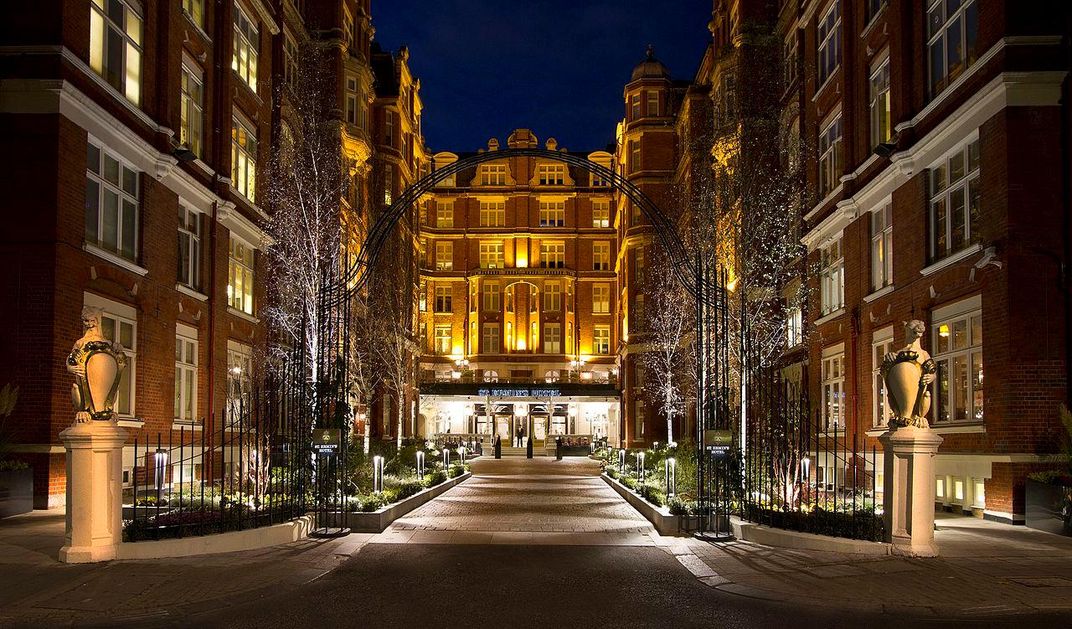
St. Ermin’s wasn’t originally a hotel; it was a collection of private mansions built in 1889, and before that the site was occupied by a 15th-century chapel. By 1899, though, the mansions were joined and transformed into one building, the grand hotel that remains today. It was a massive project with a star designer helming the renovation—Victorian theatre designer J.P. Briggs. Once finished, the location right by the Houses of Parliament was an ideal spot to stay for visiting foreign dignitaries.
That location served the hotel well during wartime, too. In 1938, the British government moved in, claiming the top floors of the hotel as a World War II operations base. Notably, the British Secret Intelligence Service Section D’s demolition agents used the space to plot against their German enemies, keeping their stockpile of explosives close at hand on the same floor—unbeknownst to the hotel guests sleeping below them. Military officials and spies regularly met in the hotel’s bar, as well. Guests today can see remnants of that past, including silk with coded messages on it hanging in the lobby and a hotel rug from wartime. Kids can participate, too, with a spy-themed historical tour of the hotel and a trivia game.
The Queen Mary; Long Beach, California
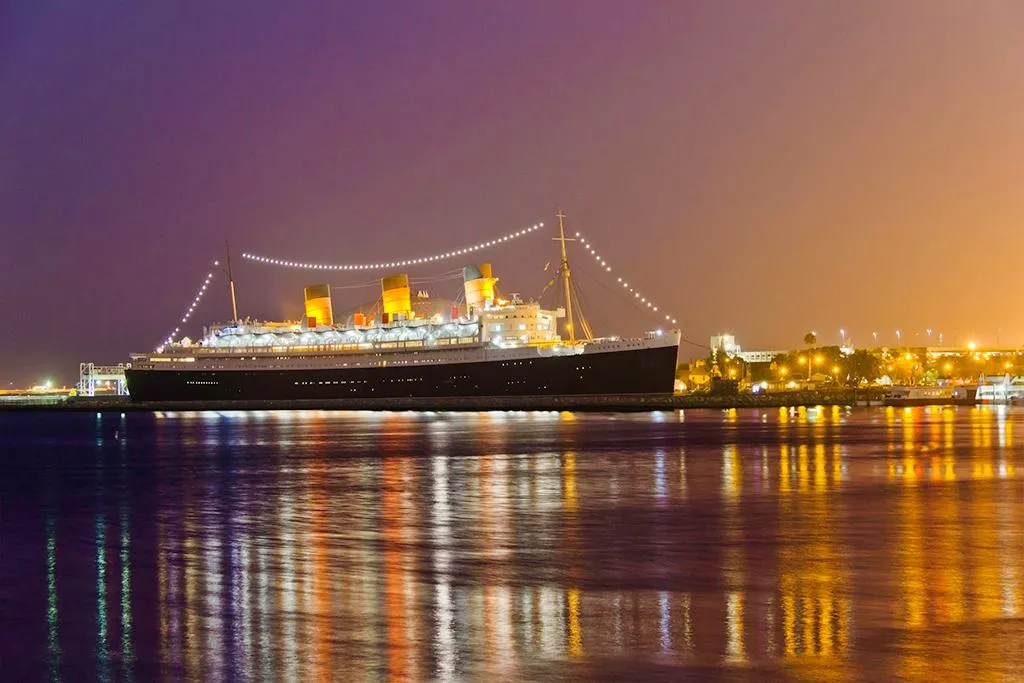
The Queen Mary originally had a much less original name: Job 534. The number refers to the project number assigned to the ship when it first began to be built as one of the newest ocean liners for Cunard Line in 1930. Thanks to the Great Depression and other setbacks, the Queen Mary wouldn’t take her maiden voyage until 1936. By 1939, the ship was transporting royalty and celebrities alike, including Bob Hope and British royals.
The Queen Mary was lauded as being the largest and fastest boat around—which is why it was retrofitted to be an Allied troopship at the start of World War II. It would be the first ship to transport an entire military division, the First Armored Infantry Division of 15,125 troops and 863 crew, in 1942. In May 1943, Winston Churchill took the Queen Mary to New York, where he met President Roosevelt; Churchill would take the ship several more times. The Queen Mary returned to passenger service in 1948, and remained so until 1967, when it was sold and moved to Long Beach, California, permanently docked to begin its life as a hotel. Guests today can take several historical tours. “The Glory Days” showcases the entire history of the ship, including its military occupation. “Churchill” recounts the man’s love affair with the boat and his many trips on it, during wartime and beyond.
/https://tf-cmsv2-smithsonianmag-media.s3.amazonaws.com/accounts/headshot/JenniferBillock.png)
/https://tf-cmsv2-smithsonianmag-media.s3.amazonaws.com/accounts/headshot/JenniferBillock.png)